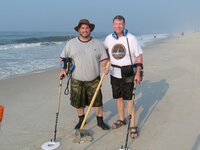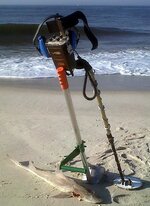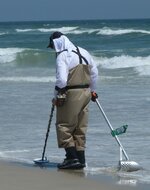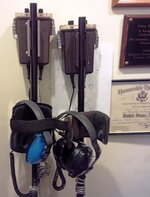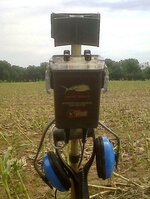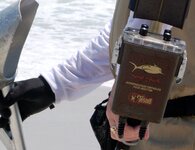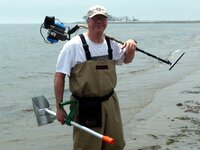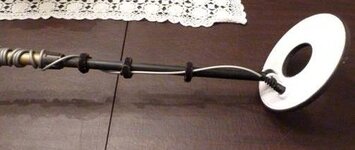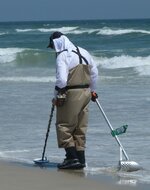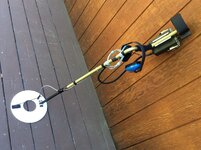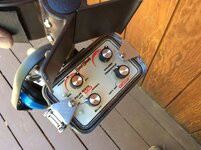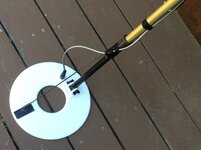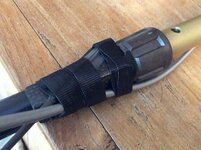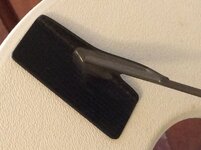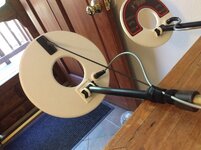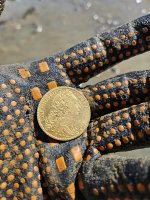pinenut
Bronze Member
- Mar 15, 2016
- 1,024
- 1,364
- Detector(s) used
- Various Tesoro - mostly Bandido II μMAX
- Primary Interest:
- Metal Detecting
Hey folks, while I've been a little side-tracked lately with buying a nice (used) Tiger Shark then a junk Lobo.. and doing my local land detecting, it's just too damned hot up here on my mountain, and I'm heading to the beach.
I'm going to pick up a Sand Shark - and I'm going to ask this old question to those of you who have used both 8" and 10½" coil versions. WHICH ONE?
I'lll be doing SoCal beaches from Laguna to about Morro Bay. I know some beaches will be a little trashy, so thinking maybe the 8" coil. Then again, many of these beach spots have a lot of fine sand, and not too many rocks or shells, and probably not so much trash..
Which SS coil have you been happy with, and why?
I'm going to pick up a Sand Shark - and I'm going to ask this old question to those of you who have used both 8" and 10½" coil versions. WHICH ONE?
I'lll be doing SoCal beaches from Laguna to about Morro Bay. I know some beaches will be a little trashy, so thinking maybe the 8" coil. Then again, many of these beach spots have a lot of fine sand, and not too many rocks or shells, and probably not so much trash..
Which SS coil have you been happy with, and why?



